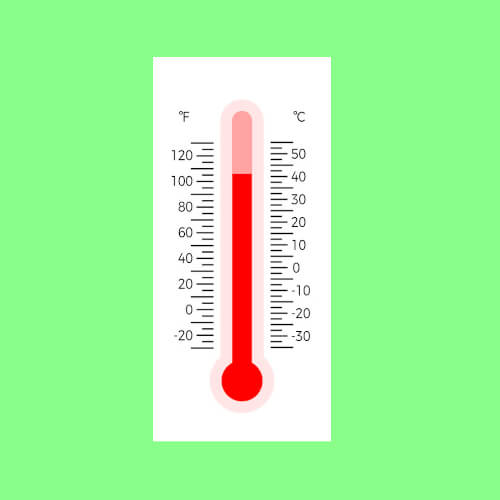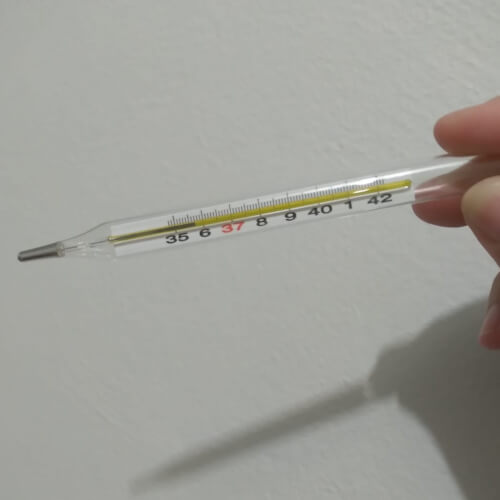



Temperature is a measurement of how hot or cold something is. In other words, it tells how much thermal energy an object has. When something is hot, its atoms have more energy and move or vibrate more quickly. When something is cold, its particles have less energy and move more slowly.
The primary SI, or metric, measurement gfor temperature is the the Kelvin (K) scale. On this scale, absolute zero, or 0 K, is the coldest temperature possible, where particles have no energy and stop moving.
Interestingly, there is also another, slightly more familiar SI unit for temperature, the degree Celsius (°C). Degrees Celsius can be converted to Kelvin by subtracting 273.15. So, absolute zero, or 0 K, is equal to -273.15°C.
Death Valley is an area in California known for its extreme heat due to its low elevation and desert environment. On July 10, 1913 in Furnace Creek Ranch, Death Valley, local temperatures reached a scorching 56.7°C (134°F). This measurement holds the record for the highest reliably recorded air temperature on our planet.
The Delisle scale is based on the expansion of ethanol (C2H6O) with temperature. Named after its creator, Joseph-Nicolas Delisle, a French astronomer, the Delisle scale was mainly used in 18th century Russia and France, but has long since fallen out of use.
What makes the Delisle scale particularly strange is that it was an inverted scale, meaning that as temperature increased, the scale's values decreased. On the Delisle scale, 0° indicated the boiling point of water, while 150° represented the freezing point of water.
The Fahrenheit temperature scale was first invented in 1724 by Daniel Gabriel Fahrenheit, the physicist who also created the first mercury (Hg) and glass thermometer. Fahrenheit was born in Poland to German parents, and his last name, meaning "experience" in German, also shares the same root for words like Fahrrad, meaning "bicycle," and Fahrzeug, meaning "vehicle"—or literally, "drive thing!"
Because the two scales use different values for the freezing point (32°F vs 0°C) and boiling point (212°F versus 100°C), they are different on almost all temperatures. However, at an extremely cold -40°, the scales are exactly equal, and -40°C = -40°F! Knowing this, we can say that temperatures in Fahrenheit always have a larger magnitude (for example, 212 is a larger number than 100) above -40°.
If you've ever run a stuck pickle jar under hot water to loosen it up, you've seen this effect in action. But did you know that buildings can grow noticeably taller on hot days? During the summer in Paris the Eiffel tower is known to grow around 15-17 cm (5.9-7.6 in) taller.